Between the fiscal years 2020 and 2022, Indian steel producers exported approximately 10-15% of their annual production (11 million tons in 2020 and 18 million tons in 2022), with about 70% of this export consisting of flat steel. According to data from Crisil Ratings, this ratio decreased to 6.5% in the fiscal year 2023 following the imposition of export taxes by the government (total exports amounting to 8.3 million tons).
Due to the impact of weak global demand and prices, India's steel exports are expected to decline by 5-7 million tons in the current fiscal year. R Shankar Raman, CFO of L&T, stated, "Even if we offer to double the shipping fees, shipping operators are hesitant to traverse the canal for commuting. The execution mode for most of our orders is likely to take another six months. Therefore, if the crisis continues or becomes a more permanent issue, we will need to find alternative solutions, including using longer routes."
The Red Sea crisis began in November with Houthi rebels, supported by Iran, attacking ships in Yemen. This crisis has led to a roughly 60% decrease in daily container ship traffic in the Red Sea since mid-December. According to a report by LSEG Shipping Research, redirecting a tanker from Asia to Northern and Western Europe via the Cape of Good Hope will result in an additional cost of $932,905 per journey, increasing transit time from 16 to 32 days.
While the Red Sea crisis is expected to increase freight costs and create challenges in container availability, the impact on steel producers' earnings and credit profiles is considered limited. Ankit Hakhu, Director at Crisil Ratings, mentioned that domestic steel demand is maintaining a healthy trajectory, compensating for the effects of reduced exports in this fiscal year. Hakhu also added that steel producers are expected to absorb a significant portion of the increase in freight costs, and this increase is not likely to significantly affect steel prices.
Jindal Stainless revised its export forecast for this fiscal year due to disruptions in Red Sea shipping and weakened demand in Europe. The company lowered its previous estimate of 15% to 10-12%.


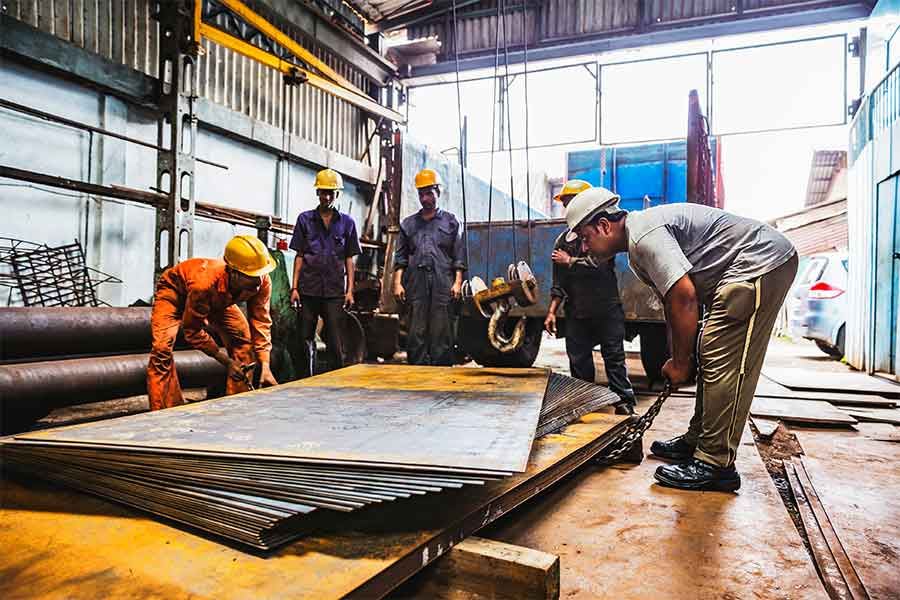

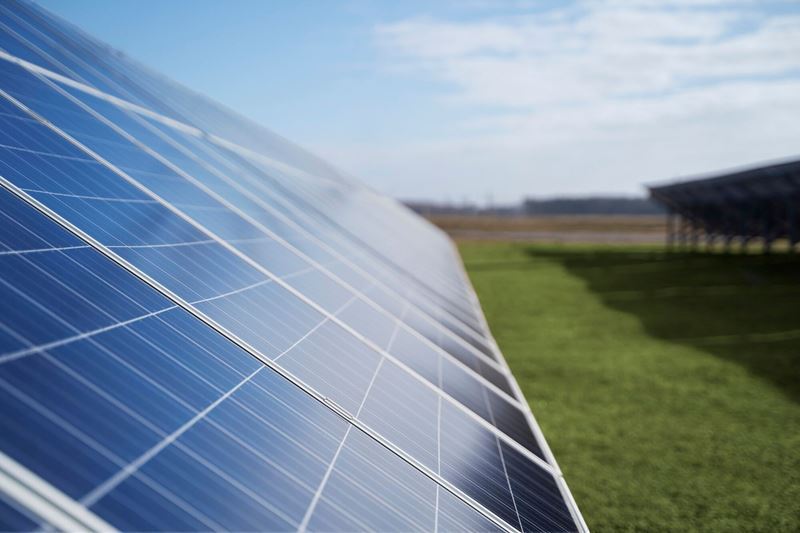
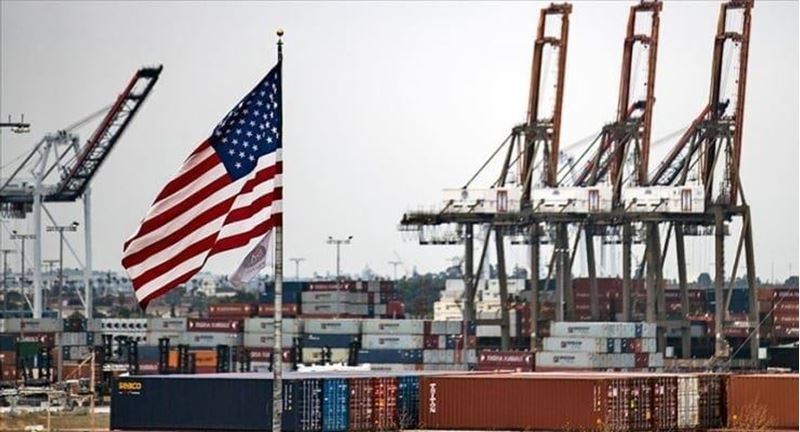
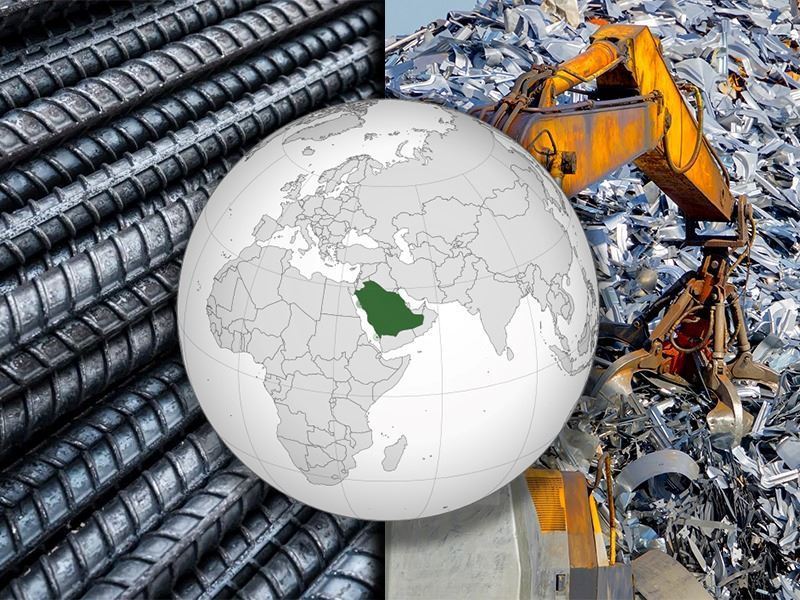
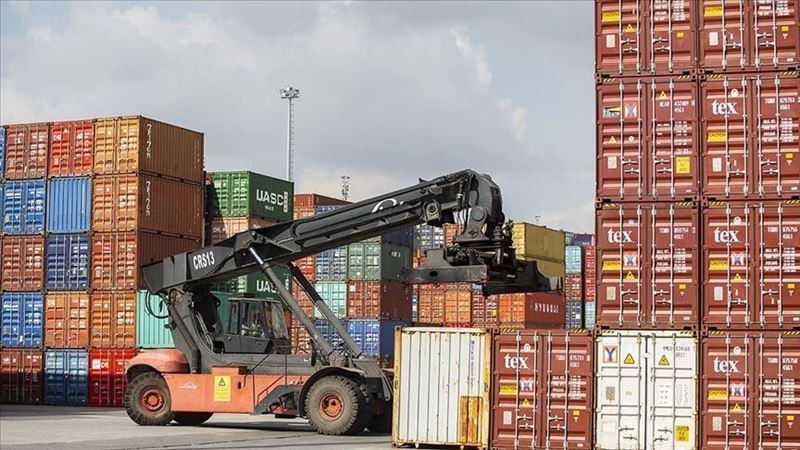



Comments
No comment yet.